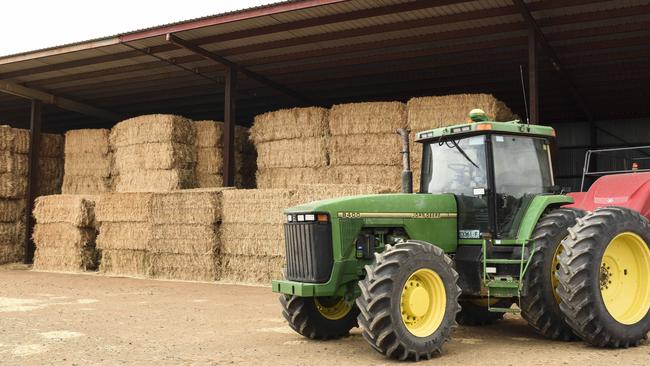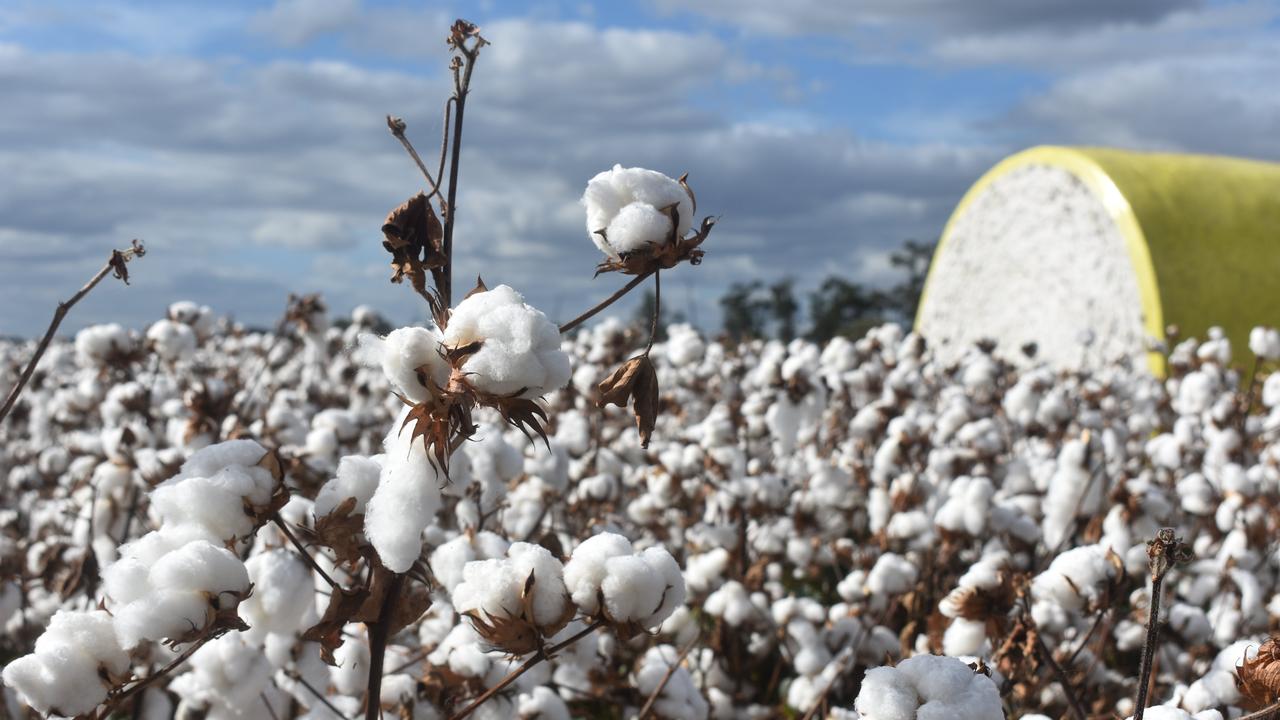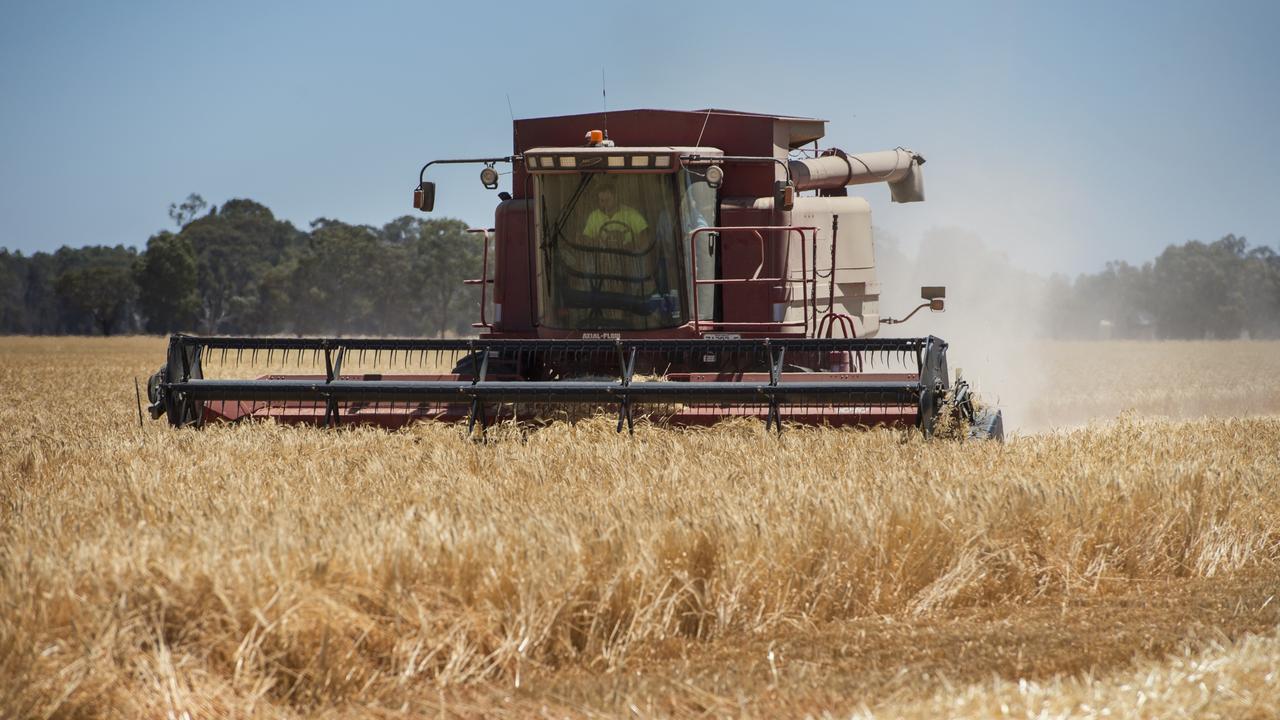As quality continues to tumble, growers seek other options
The turnaround in the hay market has been amazing and pasture hay and silage is prolific. Hay growers are adapting to the low prices with one major strategy.

PRESSING of hay continues and bales are progressively stacked in a season characterised by weekly rain and downgraded hay. The extended curing and rain are taking their toll on the colour of windrows.
The weather is warming up, enabling the baling of the pasture and cereal hay, but showers slowed curing last Wednesday and Thursday and another 10-15mm is forecast for all but the Mallee today and tomorrow.
It’s a relief for hay growers to finally finish baling paddocks and to have hay stacked in a shed. But before growers can find a market for their baled hay, buyers are increasingly turning to objective measurement to determine value.
In seasons like this, cereal hay prices are primarily determined by hay exporters and the contracted prices of their growers. These contracts normally provide a profile of grades with qualities that fit within the normal demand patterns of their north Asian buyers.
However, this season the quality profile has turned dramatically to the lower end and the normal balance of quality is absent. No region of south-eastern Australia has been spared.
In many cases, hay quality has fallen below the lowest contracted export grade. The price of this lowest grade would equate to about $150 a tonne ex-Central Victorian farm. Without any known demand for this type of hay, exporters are testing hay and checking if their buyers have any demand for cheap low-quality hay.
Typically, buyers will accept low quality hay at lower prices, but discounts can become aggressive when other countries also have downgraded hay to sell. Timothy hay is a competing grass hay from the US and Canada, which also suffered rain at curing during May and June.
Dairy farmers in southwest Victoria and Gippsland are enjoying some improving margins over feed costs and a great fodder production season.
Paddocks that were shut up from grazing for silage have been cut and now paddocks that had been in a grazing rotation have also managed to produce sufficient growth for a subsequent cut of silage or hay.
Some livestock operators are buying small parcels of vetch and cereal hay so they can pick the best on offer, but most are sitting back with the view that they can afford to wait until late summer.
With exporters and domestic buyers remaining absent for their quality of hay, growers have two primary options: lower prices till they find some demand or keep their hay stacked in their sheds and wait for higher prices next year.
There may be some buyers who could pay $130 to $150 a tonne ex-farm for damaged cereal or vetch hay, but most hay growers are stacking hay in their sheds and hoping that markets will improve next year. The vast investment into hay storage enables growers to avoid selling into such market voids.
MORE
BUYERS SET SIGHTS ON MORE AFFORDABLE LUCERNE


